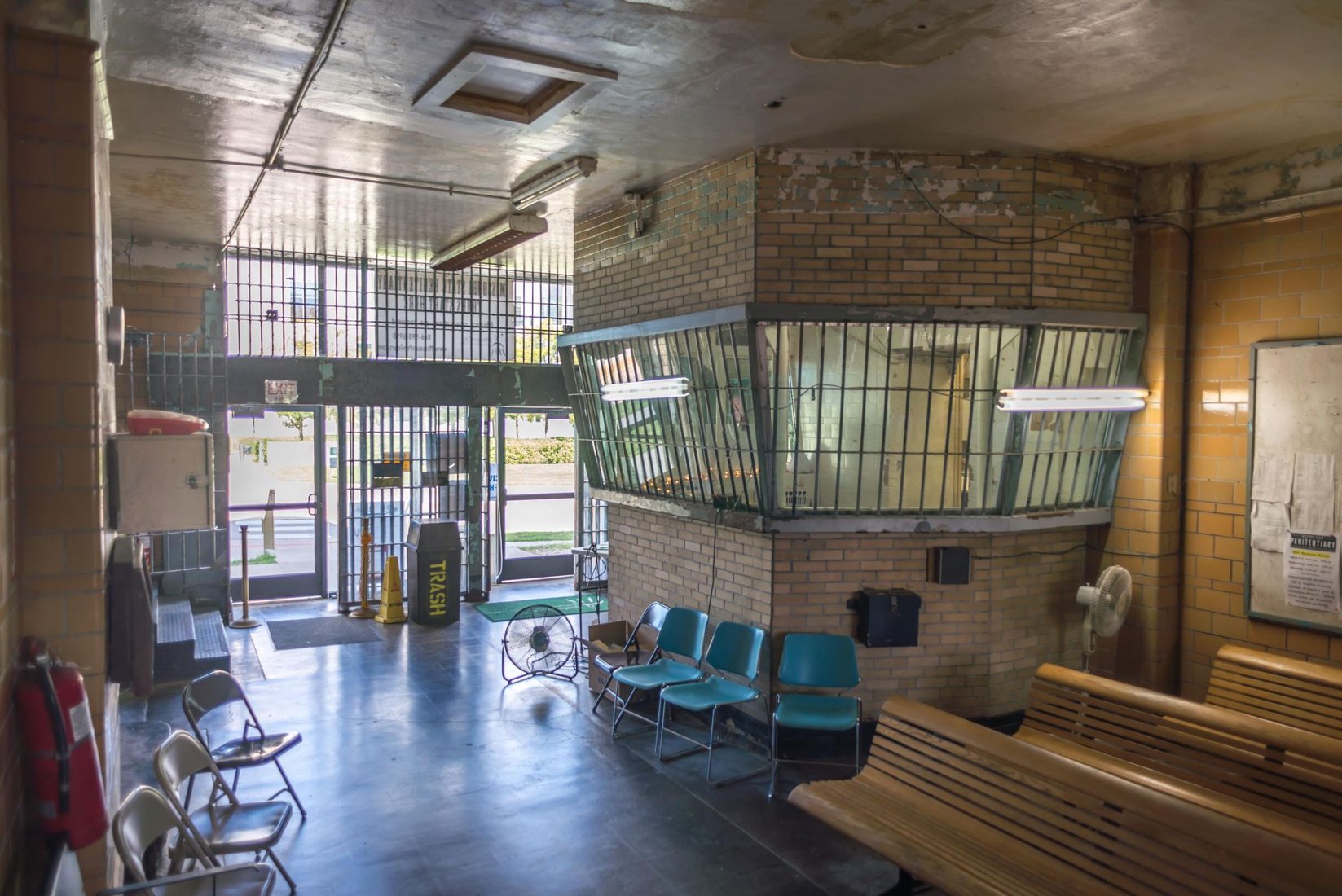Discover Missouri State Penitentiary: History & Hauntings
What lurks behind the imposing walls of the Missouri State Penitentiary? A chilling history of confinement, industry, and the echoes of lives livedand lostwithin its formidable grasp.
The Missouri State Penitentiary (MSP), looming large in Jefferson City, operated for 168 years, from 1836 to 2004. Its very architecture, a stark Gothic Revival style, speaks to its imposing nature. Located within sight of the Missouri State Capitol building, this placement, seemingly incongruous, underscores the complex relationship between justice and governance. The MSP wasn't simply a place of confinement; it was a microcosm of societal struggles, reflecting changing attitudes towards punishment, rehabilitation, and the very nature of criminality. Originally designed by John Haviland to uphold the Auburn system's tenets of "industry, obedience, and silence," the prison evolved into a site of notorious brutality. The 1954 riot, sparked by overcrowding and violence, stands as a grim testament to the human cost of systemic failures.
| Name | Missouri State Penitentiary (MSP) |
|---|---|
| Also Known As | The Walls |
| Location | Jefferson City, Missouri |
| Years of Operation | 1836-2004 |
| Architect | John Haviland |
| Model | Auburn System (Industry, Obedience, Silence) |
| Notable Events | 1954 Riot |
| Reference | Missouri State Penitentiary - State Historical Society of Missouri |
A walk through the grounds of the MSP is a journey through time. Remnants of a rusted basketball court and gym equipment, tucked away in the lower lot near the state vehicle fleet, offer a poignant reminder of the recreational activities that once punctuated the inmates' monotonous days. The overgrown pavilion, once a bustling canteen, now stands silent sentinel, overlooking a parking lot where once stood a vibrant prison yard. The daytime history tour offers an immersive glimpse into this bygone era, guiding visitors through historic housing units, the chilling gas chamber where 40 men and women met their end, and the very yard where prisoners spent countless hours. Stories abound, whispered through the decaying walls, of the lives lived and lost within these confines. From the infamous Kate Richards OHare, held in H Hall (Housing Unit 1), to the countless unnamed individuals who endured the harsh realities of prison life, their presence can almost be felt in the chilling stillness.
The MSP held a dark distinction the oldest continually operating prison west of the Mississippi. It bore witness to the evolution of the American penal system, from its early reformist ideals to the overcrowded and violent realities of the 20th century. In its early years, the prison boasted of its efficiency, claiming to feed and house inmates for a mere $0.11 per day in 1893. By 1900, the population had swelled to approximately 2,200 prisoners, a testament to the nation's growing reliance on incarceration. The stark contrast between these two periods highlights the shifting landscape of criminal justice and the escalating societal challenges that contributed to rising prison populations.
The grim stories of the MSP are not confined to the historical record. Fans of paranormal investigations are drawn to the chilling tales of ghostly sightings, fueling the legend of a prison haunted by its past. Whether these stories are fact or fiction, they add another layer to the already rich tapestry of the MSPs history. These paranormal narratives, woven into the very fabric of the prison, serve as a constant reminder of the human drama that unfolded within its walls. The whispers of the past, amplified by the eerie silence of the abandoned cells, create an unforgettable, and perhaps unsettling, experience.
Beyond the ghost stories and historical accounts, the Missouri State Penitentiary also played a role in shaping legal processes and documentation. Records meticulously kept, detailing the lives of those incarcerated, offer invaluable insights into societal trends and individual narratives. Prisoner registers, containing names, prison numbers, background information, crimes committed, and release dates, are now accessible through online databases managed by the Missouri Secretary of State. These records offer a window into the lives of individuals who, for a time, were defined by their confinement within the walls of the MSP.
- Comment Faire Un Body Pour Chien Avec Un Tee Shirt
- Filmyzilla Panchayat Season 2 All You Need To Know About The Hottest Web Series
From its inception as a symbol of reform to its eventual closure, the Missouri State Penitentiary remains a powerful symbol of the complexities of the American justice system. Its story continues to unfold, not just in the historical archives, but in the ongoing conversations about crime, punishment, and the search for a more just and humane society. The MSP serves as a stark reminder of the human cost of incarceration and the enduring need for criminal justice reform.
Today, the Missouri State Penitentiary stands as a silent testament to a complex past. A place where lives were changed, where hope and despair intertwined, and where the echoes of history continue to resonate within the crumbling walls.

Missouri State Penitentiary The Playground Photograph by Nick

Missouri State Penitentiary Tour, USA
PHOTO GALLERY Inside the Walls of the Missouri State Penitentiary